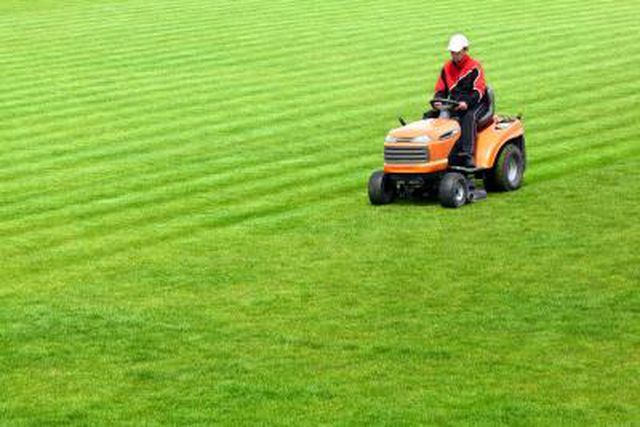Bulbs
Flower Basics
Flower Beds & Specialty Gardens
Flower Garden
Garden Furniture
Garden Gnomes
Garden Seeds
Garden Sheds
Garden Statues
Garden Tools & Supplies
Gardening Basics
Green & Organic
Groundcovers & Vines
Growing Annuals
Growing Basil
Growing Beans
Growing Berries
Growing Blueberries
Growing Cactus
Growing Corn
Growing Cotton
Growing Edibles
Growing Flowers
Growing Garlic
Growing Grapes
Growing Grass
Growing Herbs
Growing Jasmine
Growing Mint
Growing Mushrooms
Orchids
Growing Peanuts
Growing Perennials
Growing Plants
Growing Rosemary
Growing Roses
Growing Strawberries
Growing Sunflowers
Growing Thyme
Growing Tomatoes
Growing Tulips
Growing Vegetables
Herb Basics
Herb Garden
Indoor Growing
Landscaping Basics
Landscaping Patios
Landscaping Plants
Landscaping Shrubs
Landscaping Trees
Landscaping Walks & Pathways
Lawn Basics
Lawn Maintenance
Lawn Mowers
Lawn Ornaments
Lawn Planting
Lawn Tools
Outdoor Growing
Overall Landscape Planning
Pests, Weeds & Problems
Plant Basics
Rock Garden
Rose Garden
Shrubs
Soil
Specialty Gardens
Trees
Vegetable Garden
Yard Maintenance
How to Adjust a Snapper Riding Mower Clutch
How to Adjust a Snapper Riding Mower Clutch. The power takeoff clutch on a Snapper Riding Lawn Mower reduces the mower’s overall weight by eliminating the need for a second transmission to drive the mower blades, cuts down on the cost of the machine and reduces gasoline consumption. Perform this procedure if a new clutch has been installed,...

The power takeoff clutch on a Snapper Riding Lawn Mower reduces the mower’s overall weight by eliminating the need for a second transmission to drive the mower blades, cuts down on the cost of the machine and reduces gasoline consumption. Perform this procedure if a new clutch has been installed, if the clutch does not engage or if the clutch is slipping. The PTO clutch adjustment should be rechecked every 200 hours of operation and adjusted accordingly to allow for the safest and most efficient use of the riding mower.
Things You'll Need
Gloves
Eye protection
Standard long-neck pliers
.012"-.015" feeler gauge (2.5-4mm)
Adjust the Snapper Riding Mower PTO
Put on gloves and eye protection, park the mower on a flat, solid surface, engage the emergency brake and remove the mower key. Then disconnect the spark plug wires to ensure the engine won't engage while you're working.
Locate the power takeoff (PTO) clutch on the mower. It is a small bell housing that should be attached to the underside of the engine, where it can provide power to the mower blades. The mower belt will be routed around the PTO -- follow the belt and the PTO’s location should become immediately apparent.
Locate the PTO adjustment slots. The adjustment slots are long, thin, rectangular openings in the brake plate that allow you to measure the gap between the rotor (the part that spins) and the armature (the part bolted to the engine).
Insert the feeler gauge into each of the PTO adjustment slots to check the distance between the rotor and armature faces. This will indicate how much adjustment is needed.
Hold the feeler gauge in the first slot and tighten the adjustment nut until there is no gap left between the rotor and armature faces. Do not tighten the adjustment nut too far—the faces should just touch the feeler gauge.
Repeat the adjustment on the other two slots to ensure an equal adjustment at each of the adjustment nuts. Even after the proper adjustment has taken place, the gap may not be equal, varying slightly in each window. According to the Snapper operator’s manual, "This is due to dimensional variations on component parts, and is an acceptable condition."
Reconnect the spark plug wires and start the mower. Engage the PTO switch so that the mower blades begin turning at full speed, and then disengage the PTO switch. If the mower blades and belt do not completely stop turning within five seconds of disengaging the switch, replace the PTO clutch assembly.